Placemaking Postcards is a blog series from the Bass Center for Transformative Placemaking at Brookings where policymakers and practitioners guest-author promising placemaking efforts from across the U.S. and abroad that foster connected, vibrant, and inclusive communities. In line with the principle tenets of placemaking, the goal of the series is to recognize the community as the expert, highlight voices from the field, and to create a community of learning and practice around transformative placemaking.
 The COVID-19 pandemic and its cascading economic effects have erased the economic progress of hundreds of millions of people across the globe. To jump-start inclusive economic growth during this time of crisis, cities and regions require bold and committed leaders at the local level and well-designed economic recovery packages at the national level.
The COVID-19 pandemic and its cascading economic effects have erased the economic progress of hundreds of millions of people across the globe. To jump-start inclusive economic growth during this time of crisis, cities and regions require bold and committed leaders at the local level and well-designed economic recovery packages at the national level.
One type of economic hub well-positioned to play this role is an emerging geography of urban innovation known as an innovation district. These are areas where a concentration of R&D activities—such as research universities and medical institutions—is combined with distinctively urban assets such as walkable streets, restaurants, creative convergence spaces, and transit.
The potential for innovation districts to advance a more inclusive future is exemplified by the Cleveland Health-Tech Corridor. Stretching between Cleveland’s downtown and University Circle, the district is anchored by R&D-intensive institutions such as Case Western Reserve University, Cleveland Clinic, University Hospitals of Cleveland, VA Medical Center, and Cleveland State University. Designated as an innovation district over a decade ago, the Health-Tech Corridor now has over 170 biomedical and health care companies in addition to the four universities and colleges and four health care institutions.
A new kind of anchor with a new kind of growth
Over the past 20 years, economic growth in the United States has become increasingly uneven, driving a wedge of economic disparity between and within cities and metropolitan areas. Innovation districts are often physically adjacent to neighborhoods with low educational attainment, high levels of unemployment, and marginal levels of private investment. Their success—and that of their cities and regions—demands long-term and highly intentional strategies that combine advanced, innovative development with inclusive growth.
In Cleveland, the Health-Tech Corridor has made inclusive economic growth a key aspect of its mission, striving to create equitable community development in adjacent low-income neighborhoods, train local residents to participate in the innovation economy, and signal to the private sector that the region is a place for future growth and investment.
Efforts to promote equitable development have been reinforced in Cleveland with a new kind of anchor: the Cleveland Foundation, which is the nation’s first community foundation and has over $2.5 billion in assets. After over 100 years operating in downtown Cleveland, the Foundation’s headquarters will move to the Health-Tech Corridor in 2022, physically positioning itself between downtown and University Circle. This relocation will strengthen the Foundation’s efforts to catalyze growth within the district and spur equitable neighborhood development, alongside the activities led by the Corridor’s more traditional anchors and companies.
Because the Corridor is surrounded by several economically distressed neighborhoods, driving a new wave of inclusive growth is paramount. According to analysis conducted by Case Western’s Center on Urban Poverty and Community Development, 24% of the residents living adjacent to the Corridor were unemployed between 2007 and 2011. On average, nearly a quarter of residents age 25 and older did not have a high school diploma; another 34% had only a high school diploma or GED equivalent. While these statistics are almost a decade old, those working on the ground believe the data has changed very little. Moreover, our current economic reality amid COVID-19 likely means the picture is even more dire.
By physically locating itself among these neighborhoods, the Cleveland Foundation aims to spur new community-centered development in the Corridor, while also signaling to the private sector that this is a place of future growth and investment. The physical design of their new headquarters—along with over 20 additional acres set aside for complimentary development—aims to create an accessible sense of place for the Health-Tech Corridor.
“Our goal with this new district is to create civic and green space, bring new enterprises to the neighborhood, revitalize existing businesses, and establish a sense of place that builds on the history of surrounding neighborhoods,” said Ronn Richard, the Foundation’s president and CEO.
How the Cleveland Foundation will economically anchor the district
The ability for cities to attract and retain talent is viewed as essential for achieving economic growth and prosperity. Yet what continues to be missed is the imperative to develop talent from local neighborhoods—primarily those where a higher percentage of workers are in low-wage, low-growth jobs. This is where the Foundation will lead, and it is best illustrated by the work they have previously advanced.
In 2007, the Foundation commissioned a study on how to stimulate an anchor-based cooperative strategy that could support local businesses in the area. The findings led the Foundation to convene the Corridor’s anchor institutions in the creation of the Evergreen Cooperatives—a network of worker-owned, community-based, and ecologically sustainable businesses that were established through consolidated anchor procurement.
Today, one of Evergreen’s businesses, Green City Growers, is comprised of 3.25 acres of “cutting-edge urban hydroponic greenhouses” that produce millions of pesticide-free vegetables sold to restaurants, groceries, and food processors. Another business, Evergreen Cooperative Laundry, provides all of the laundry services for the region’s primary health systems. Another business, Evergreen Energy Solutions, provides next-generation lighting systems and solar power solutions for area businesses, institutions, and residential properties. Today, the Evergreen Cooperatives count 260 people as part of their worker-ownership structure, all receiving quarterly profits like shareholders.
The Foundation is also driving an inclusive approach to the innovation district through coordinated workforce training programs. In 2010, the Foundation, in concert with other partners, launched NewBridge, a workforce training and social services organization located in the Corridor to train residents for positions in the anchor health institutions. The program now places approximately 300 residents in health positions each year, at an average starting salary of $26,000. Similarly, Magnet, a manufacturing group, announced the establishment of a new innovation and workforce training hub in the heart of the Corridor.
Redefining metropolitan growth and prosperity amid COVID-19
Today’s economic devastation will require bold, innovative ideas to usher in equitable recovery. Barbara Snyder, former president of Case Western, best illustrates the power of future-focused anchors in accomplishing this: “In linking construction of its own space to a broader approach to innovative community-building and economic development, the Cleveland Foundation again demonstrates how strategic collaboration can lead to benefits far greater than individual entities could ever create on their own.”
Together, the Foundation and its Health-Tech Corridor partners are positioned to redefine metropolitan growth and prosperity during this uncertain time.
Note: The Cleveland Health-Tech Corridor is part of GIID’s newly established network of global innovation districts.
The Brookings Institution is committed to quality, independence, and impact.
We are supported by a diverse array of funders. In line with our values and policies, each Brookings publication represents the sole views of its author(s).
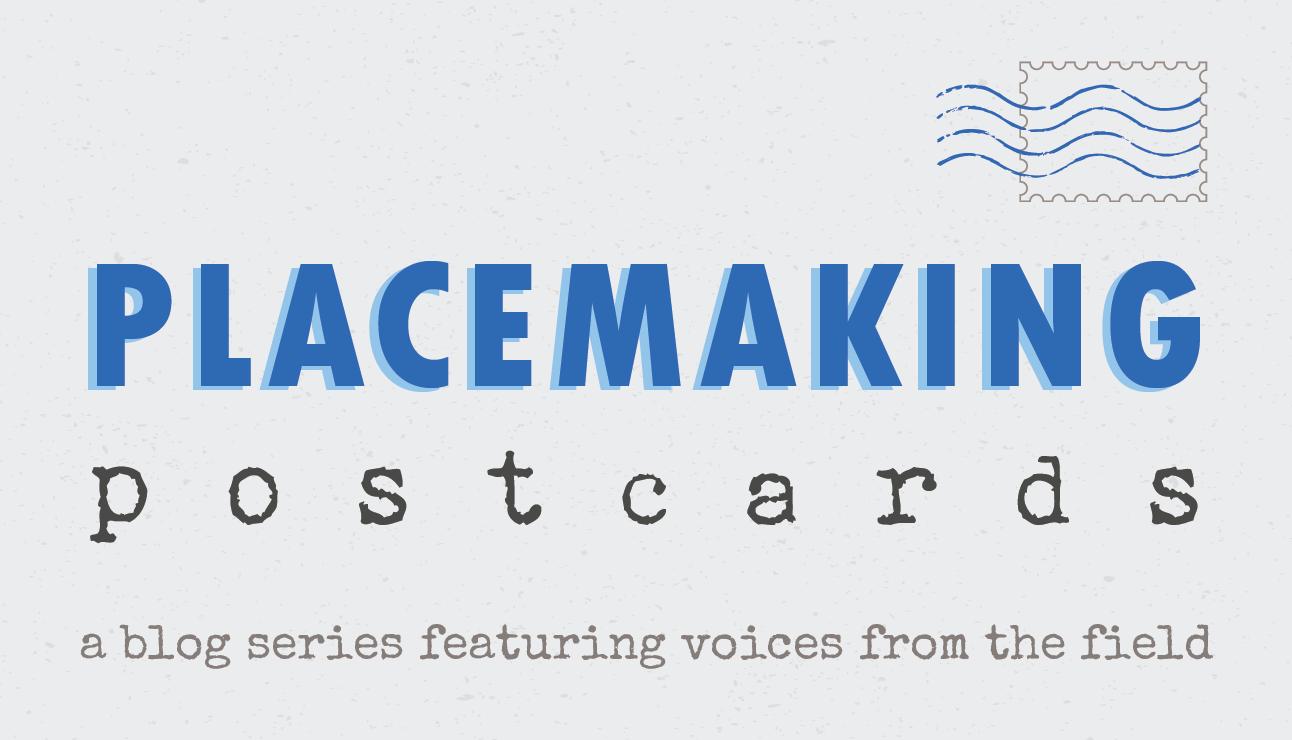
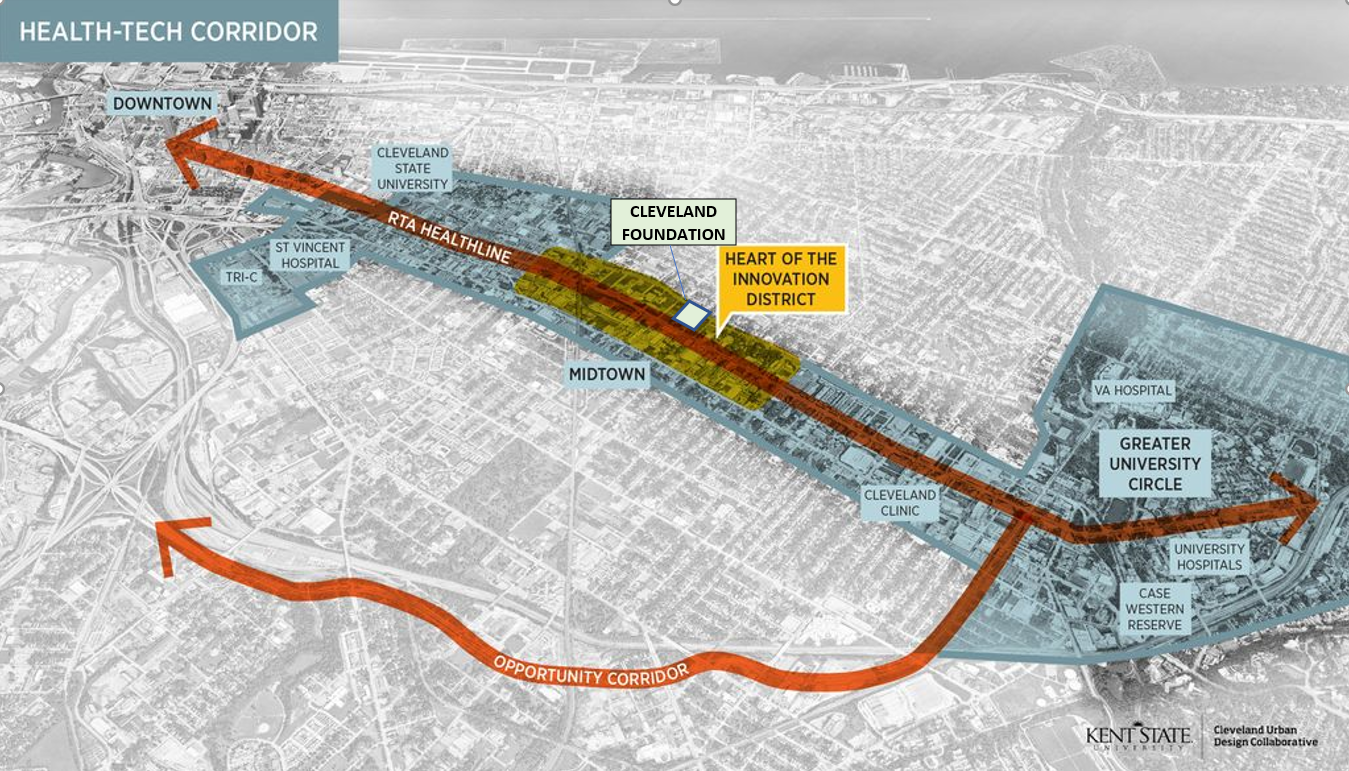
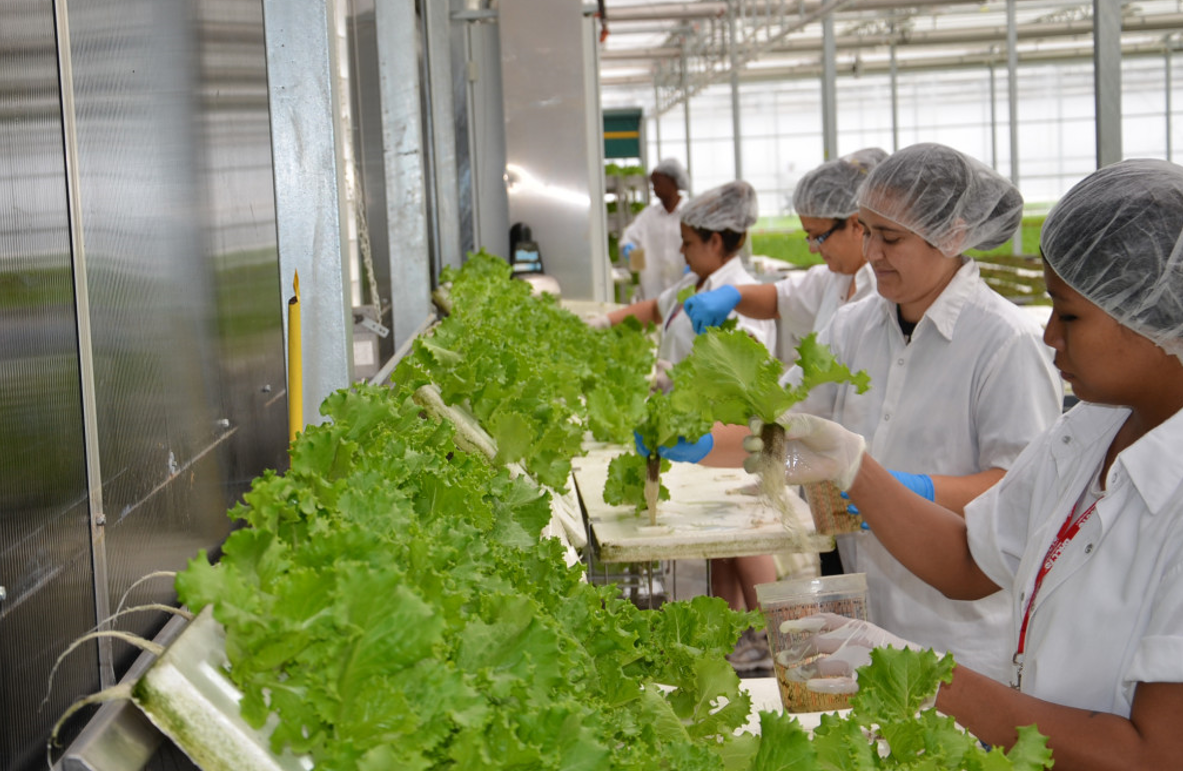
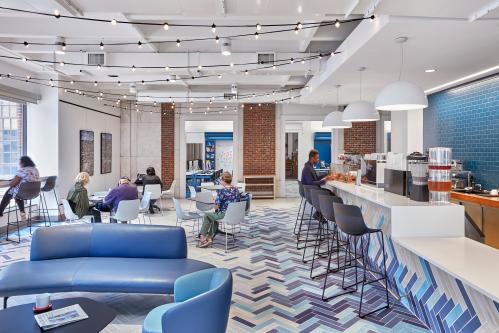
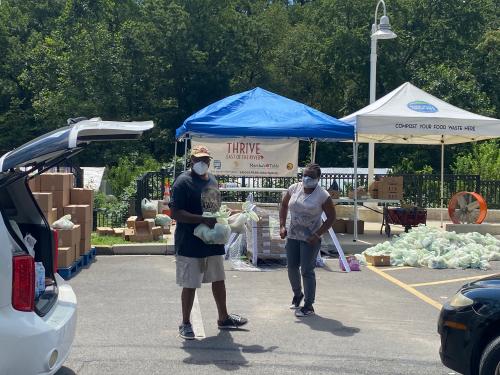
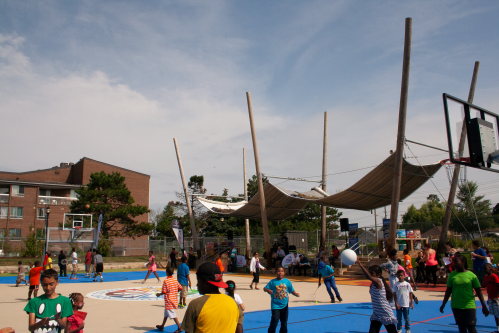




Commentary
How Cleveland’s innovation district is advancing equity through a new kind of anchor institution
November 9, 2020